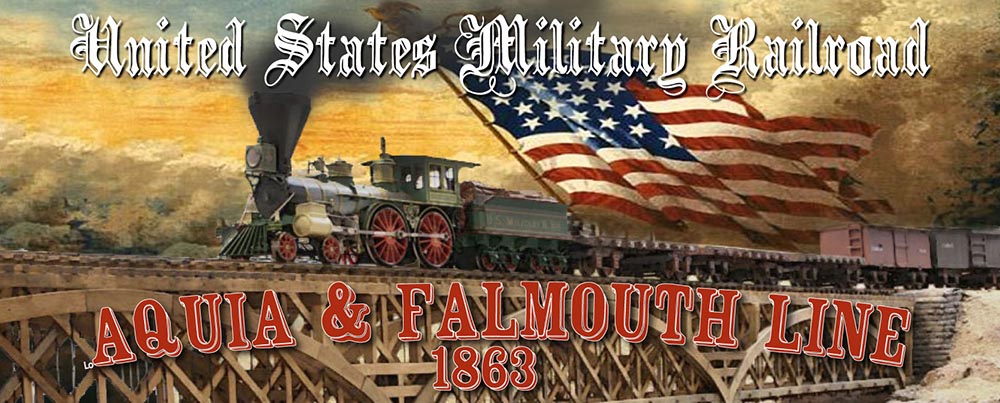This design hinges on a 36 inch radius curve with easement in the lower right corner. That curve connects with the track from Stare's Tunnel over a long, low trestle. This area will be swampy with a meandering stream. The track makes a brief 36-inch radius curve to enter Stare's Tunnel on a tangent.
My design philosophy here was to have fewer, but larger scale or scope features. Thus instead of a double ess curve I drew earlier, the scene here will be a single, gentle Ess curve over a long low trestle.
It's nice to place Falmouth on this wall, as there is plenty of space to have nice long sidings. No more cramped sidings. And there will be plenty of space for operators.
I also modified the farm house in the front room based on some new information I happened to stumble across. The Historical Marker Data Base has an entry for Leeland Station. The inscription on the marker reads,
"Near this spot stood Belle Air, a prominent Stafford County landmark and home of the Fitzhugh and Primmer families. John Fitzhugh first constructed a house here in the mid-eighteenth century, but by 1854, when the property was sold to Abram Primmer, a new structure occupied the site. Primmer lived here with his wife and six children and owned nearly four hundred acres, which the Leeland Station now encompasses, and was valued at $7,200.
Primmer opposed secession and sent one of his sons to enlist in the Union army. Abram himself aided Confederate deserters and served as a local guide for Union forces. When the Union army occupied Stafford County in the summer of 1862, it used the Primmer fields as pasture for cattle. The largest intrusion upon Belle Air came in the winter of 1862-1863, when the home and farm became a camping ground for the Army of the Potomac’s Third Corps.
The house survived into the mid-twentieth century, at which time the property was known as Walnut Farm. Today, the building no longer stands."
Another historical marker in the same area describes Camp Pitcher with some more information about the Belle Air farm.
"Following its defeat at the Battle of Fredericksburg in December 1862, the Union Army of the Potomac went into winter quarters in Stafford County. Here at Bell (sic) -Air (the nearly 400-acre estate of Abraham Primmer, which the Leeland Station community now encompasses), elements of Brigadier General David B. Birney’s division laid out its camps, while their commander established his headquarters at the house. In honor of Major William L. Pitcher of the 4th Maine Infantry, who was killed at Fredericksburg, the encampment was named “Camp Pitcher.”
Soldiers scavenged livestock, fence rails, crops and lumber from local inhabitants. After four months at this location, the area was stripped clean. In March 1863, Union troops left Bell-Air and moved to new camps near Belle Plain along Potomac Creek.
After the war, Primmer received, $2,752.50 from the federal government as compensation for the damage done to his property. His list of damages included four miles of fence and 160 acres of timber consumed as fuel; 20 cords of fruit trees destroyed; hogs, hay and fodder taken; and boards confiscated for use in the construction."
 The first marker includes a photo of the house. This is the only photo of this house I could find. In fact, I can't find any other information about Belle Air other than these two historical markers.
The first marker includes a photo of the house. This is the only photo of this house I could find. In fact, I can't find any other information about Belle Air other than these two historical markers.The spot where I planned the Worthington House is very close to where Belle Air house would have stood, so I will build it instead. It's a simple, large clapboard building. The trees and house will be large enough to help obstruct the view of the turn back curve behind it. Note the comment about scavenged fences. I need to figure out a good way to depict that, perhaps with the vertical fence posts but no horizontal rails.
On other idea I have been thinking about is putting a flag stop at Camp Pitcher. This would require trains to stop to pick up or drop off passengers at that camp. It will help lengthen the time to travel from Stonemans to Falmouth, which I estimate will take about 5 minutes at normal track speed.


Great progress, Bernie!
ReplyDeleteGood to see you are making great progress. Indeed you gain a lot of extra operating room for Falmouth. That will keep you occupied for some time in the coming future. I know I will follow this new build closely! Good luck!!
ReplyDelete